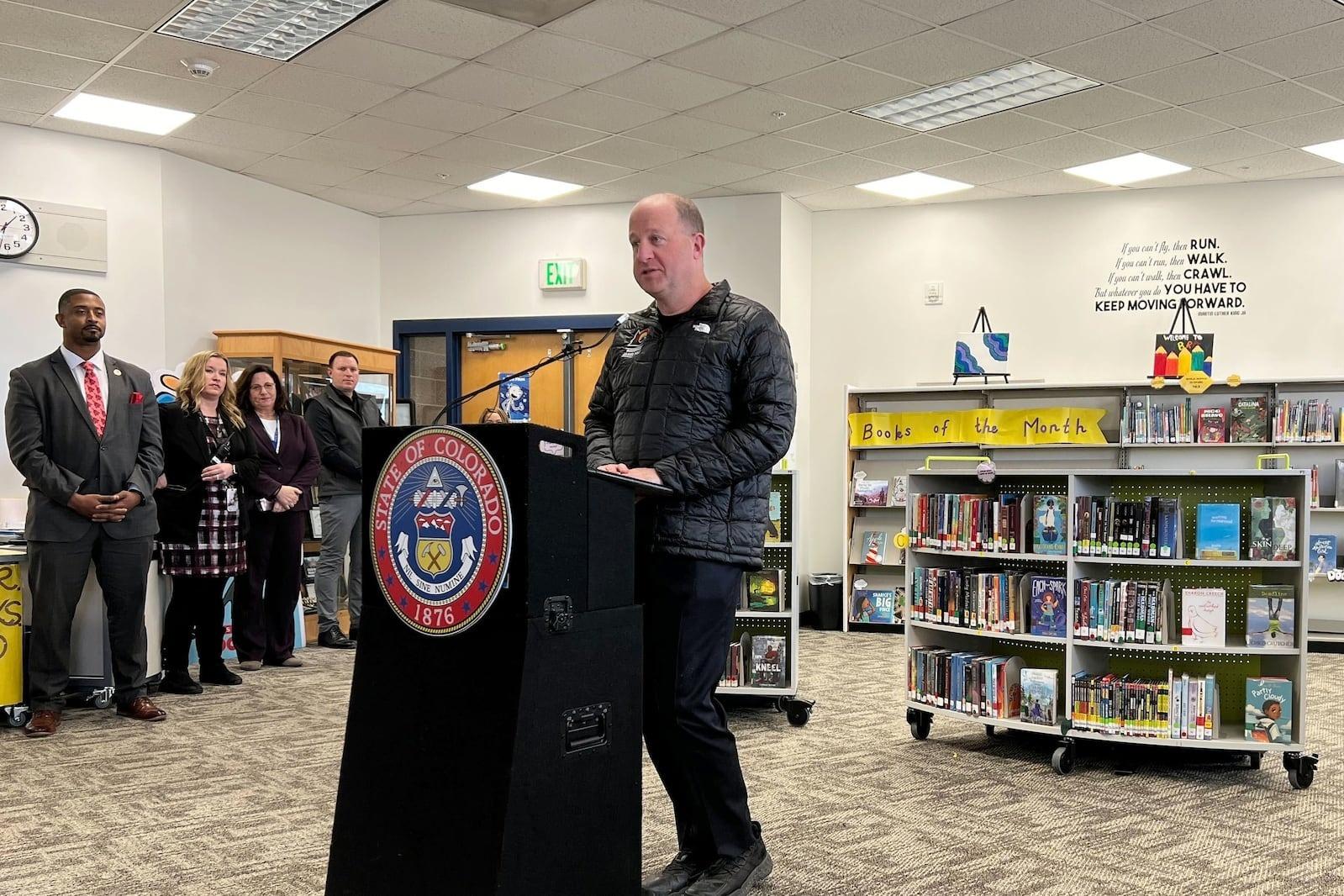
The future of skiing and snowboarding was at stake in a court case that was decided this week, according to Marc Peruzzi, editor of Mountain Magazine and contributing editor at Outside.
That's because, in a 5-2 decision, Colorado's Supreme Court ruled that Winter Park was not liable for the death of a skier caused by an inbounds avalanche in 2012.
Peruzzi spoke with Colorado Matters host Ryan Warner about the case and what skiers can do to avoid avalanche danger on the slopes. His tips include:
- Do not ski alone
- Do not allow children to ski in the backcountry, and do not allow them to ski without guidance on days with feet of fresh powdery snow
- Carry a whistle, an avalanche beacon, and a shovel
- When in unfamiliar territory, ski with a guide
The Colorado Avalanche Information Center also publishes snow conditions around the state every morning on its website, both as a forecast, and via this handy interactive map:

Peruzzi on what the victim's family argued:
The family argued that the resort knew there was a high avalanche danger that day and should not have opened the resort to skiing.
Peruzzi on why he thinks the court made the right decision:
"The court made the right decision because avalanches are inherent to the Rocky Mountain snowpack. And no amount of avalanche mitigation will cure us of this kind of plague of avalanches.
On what might have happened to resort skiing had the court decided otherwise:
It would change as we know it. Basically any slope above 30 degrees and pitch as the capacity to avalanche in the Rocky Mountain west. And that's pretty much everything from intermediate to expert skiing and on up. And if you ask a ski patrol director to guarantee with 100 percent certainly that no slope under their management would ever avalanche he couldn't make that promise to a resort lawyer and I expect eventually they would start closing that type of terrain.
On the kind of avalanche control work the ski resorts already do:
Resort ski patrols run avalanche routes in Colorado pretty much after every single storm cycle and often after even just a wind event. That's is a very routine activity for them. They're getting up at 4 in the morning, going out in the dark, launching Howitzer shells, Avalauchers, which is a smaller gas-propelled shell, and dropping hand charges and other means of controlling avalanche slopes. They've done this since the nineteen seventies, when the science grew out of some Utah ski resorts.
On why mitigation isn't enough to eliminate the risk of injury:
"Your avalanche forecaster's or controller's worst moment is when they actually open terrain because there is always going to be residual uncertainty. They can't blast every square centimeter of the slope."
On why skiers and snowboarders need to be more cautious:
"We've kind of been lulled into this false sense of security, in part because of resort marketing. We went from going to "ski areas" in the 1970s to going to "destination ski resorts.' And it feels, frankly, a little bit like Disneyland, but in reality these are giant 13,000, 12,000 foot peaks in Colorado, and there's wind and there's weather happening all the time."









